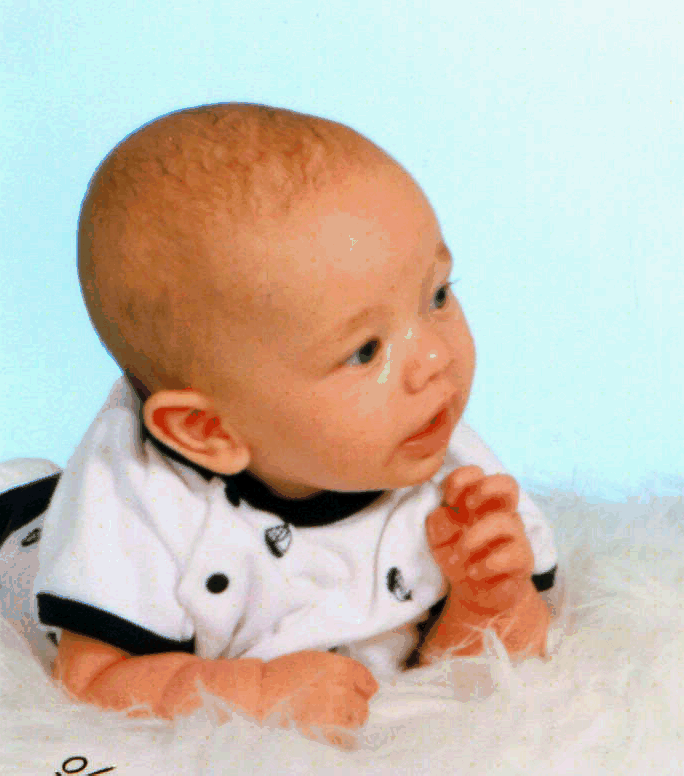A Little About Ryley
My son, Ryley Alexander, was born in Port Arthur, Texas at St. Mary Hospital. July 7, 2000 was one of the best days of my life and in some ways the worse day of my life. Ryley came into the world weighing in at 7lbs. 4oz and was 20 inches long.
Doctors diagnosed Ryley with a Congenital Heart Defect. Read below to find out more about Ryley's Heart Defect!!!


Ventricular septal defects, a hole in the two lower chambers of the heart, occur in approximately 22-25 per 10,000 live births. More than ninety percent of newborns with VSD have an associated chromosome abnormalities. Ventricular septal defects vary in size. Small ventricular septal defects usually produce a loud murmur and do not affect the heart. In some defects, the blood flows between the right and left chambers of the heart, because of the size of the opening in the wall of the heart. Fortunately, for all children with VSD, 30-50% of all VSD's will close spontaneously. The first six months are the best chance for closure of the VSD and approximately twenty percent will close before the child reaches two years of age. Children with VSD may present with cyanosis, often noted during spells of crying or at times of respiratory infections.
Pulmonic stenosis occurs when a defective pulmonic valve constricts blood flow resulting in congestion of blood in the lungs. In the heart, the pulmonic valve serves two purposes: to prevent the back flow of blood from the lungs and to control the flow of blood that comes from the right ventricle and enters the pulmonary artery. Pulmonic stenosis, the most common right-sided heart defect, affects the right ventricle of the heart. Pulmonic stenosis may result in right ventricular hypertrophy as the heart tries to compensate and overcome the obstruction.